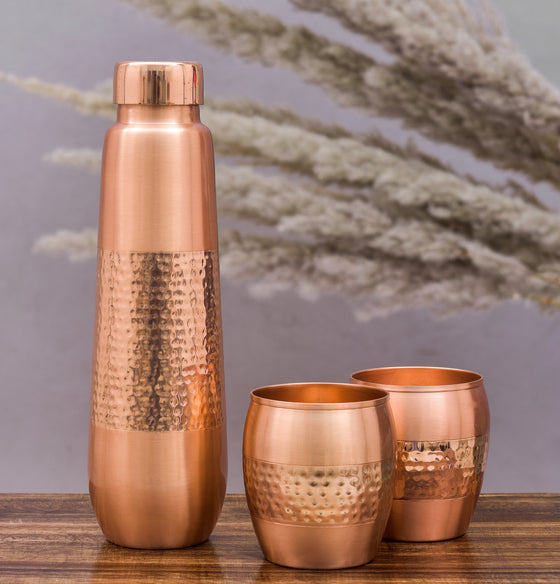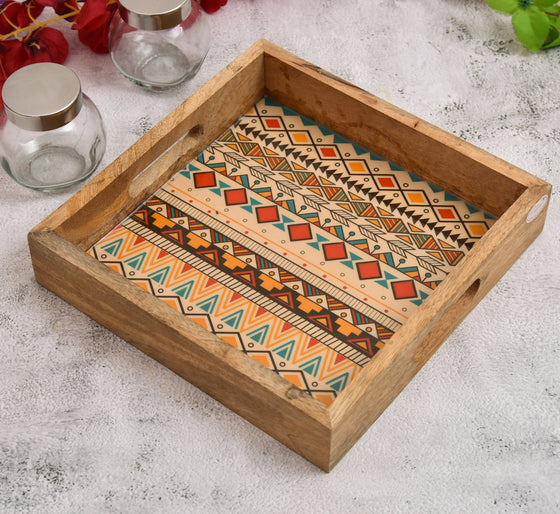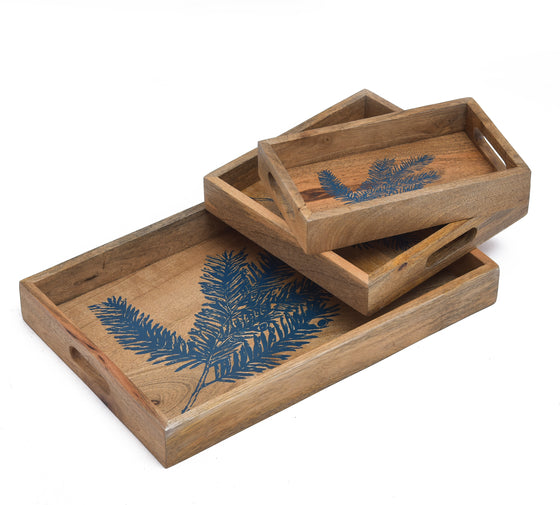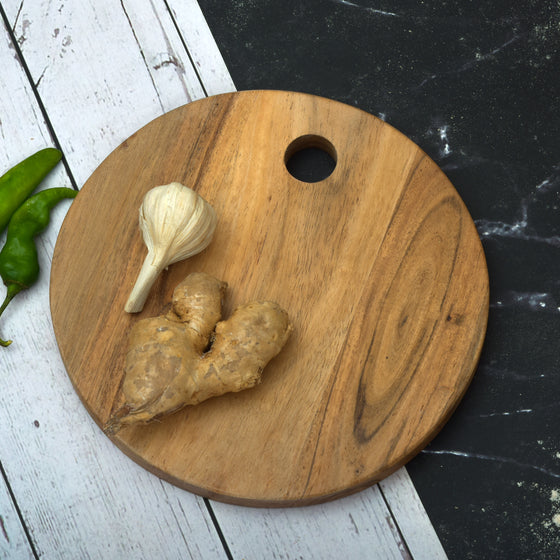The Art of Tablescaping
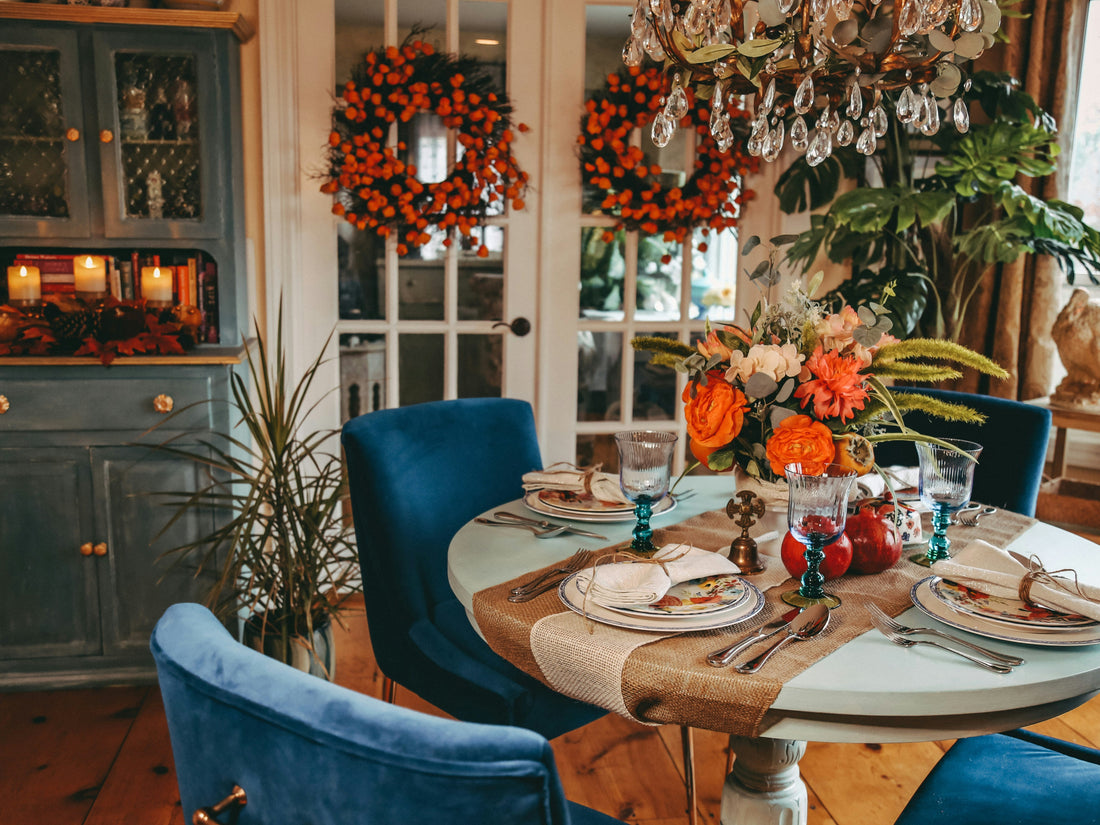
Sitting down for a meal often becomes a frantic blur in today's fast-paced world or gets overlooked. What if your dining table could magically turn into a workspace or craft station with minimal effort? What if it could spin vivid yarns and conjure memories that linger inside people's minds?
Welcome to an enchanting world of tablescaping, where beautiful table settings are meticulously crafted for every dining experience. Let's dive headfirst into The Art of Tablescaping with flair and master it using easy ideas to make every meal special.
What is Tablescaping?
Tablescaping can be described as an art form that decorates a table visually stunningly for a special occasion. Weaving vibrant hues and disparate textures into a jarring, cohesive visual narrative creates an immersive aesthetic experience.
Envision your table as a pristine canvas and tablescaping as an opportunity to craft an unforgettable visual tableau.
Why Tablescaping Matters
-
Sets the Mood: Your table sets an emotional tone at gatherings, with elegance or coziness.
-
Creates Memories: A sumptuously laid table transforms a mundane supper into an extraordinary affair; guests tend to recall it.
-
Encourages Presence: A beautifully crafted table with wooden trays beckons folks and fosters engagement and great enjoyment in a warm ambiance.
- Expresses Personality: Your eclectic selection of hues and ornate centerpieces showcase your style and unbridled flair.
A well-designed tablescape can amazingly nourish body and soul, often with a touch of elegance.
The Key Elements of a Stunning Tablescape
1. Start with a Theme or Story
Piling wooden plates mindlessly can be avoided by pondering what atmosphere you wish to evoke with your table setting. It could be deeply personal, such as a favorite color, fond memory, or cultural, like a Mediterranean feast by the sea.
Popular Themes:
-
Rustic Farmhouse
-
Coastal Breeze
-
Autumn Harvest
-
Elegant Black & Gold
-
Romantic Garden Party
2. Layer Textures and Materials
The magic of a great tablescape is in the layers:
-
Tablecloths or runners
-
Placemats
-
Chargers under plates
-
Napkins (cloth, preferably)
- Wooden Centerpieces
Combining disparate elements, such as linen, wood, and glassy surfaces, adds richness without inducing excessive formality.
3. Play with Color
Select a color scheme carefully, then adhere to it consistently. Using merely 2 or 3 primary hues alongside a neutral base generally fosters harmony in design.
Quick Tips:
-
Monochrome appears modern.
-
Complementary colors, opposites on the color wheel, create a vibrant effect.
-
Neutrals are always elegant backdrops.
4. Master the Centerpiece
Your table's focal point usually revolves eerily around the centerpiece. It might be a super-fancy arrangement, like an elaborate floral display, or something simple, like candles or a bowl overflowing with seasonal fruit.
Key rule: Keep centerpieces sufficiently subdued in height or width so guests can readily see one another across a table.
5. Don’t Forget the Little Details
The tiny touches often have the biggest impact:
-
Handwritten name cards
-
Small flowers tucked into napkin rings
-
Themed menu cards
-
Scented candles or fairy lights
Elements whisper thoughtfulness and make guests feel exceedingly special within a carefully crafted ambiance that exudes deliberate slowness.
Easy Tablescaping Ideas for Every Occasion
Casual Dinner with Friends
-
Theme: Cozy Rustic
-
Palette: Earth tones — terracotta, sage green, cream
-
Details: Wooden Mason jars filled with wildflowers and candles in mismatched candle holders sit elegantly atop a linen runner.
Romantic Dinner for Two
-
Theme: Classic Romance
-
Palette: Deep red, soft pink, gold accents
-
Details: Rose petals were sprinkled on velvet napkins beside crystal glassware.
Holiday Celebration
-
Theme: Winter Wonderland
-
Palette: White, silver, icy blue
- Details: Frosted pinecones glimmered beside sparkly placemats, and faded white candles sat on the table.
Summer Garden Party
-
Theme: Boho Chic
-
Palette: Pastels and natural greens
- Details: Floral garlands sprawl messily across mango wooden plates underneath a macramé runner draped over a dining table surface.
Tablescaping Tips for Beginners
-
Start simple. Even a fancy napkin and flickering candles can magically transform a dull table into a surprisingly intimate ambiance.
-
Reuse what you have. Browse items around your house first, and you'll find that old baskets or vibrant scarves can work beautifully in decorative bowls.
-
Mix high and low. Pair your fine porcelain with everyday glassware or antique family heirlooms to create a sleek contemporary look.
-
Keep it functional. Folks still require some elbow room for noshing, so keep it functional.
-
Practice. You'll improve like any other highly skilled craft practiced diligently over time. Try out various styles purely for kicks.
Why You Should Try Tablescaping
Tablescaping serves as an invitation rather than mere decoration, often conveying subtle nuances through clever arrangement and aesthetic presentation. You convey warmth, explicitly saying you are welcome here to family or visiting guests. You're significant enough to craft something gorgeous.
Eating becomes a ritual of sheer joy and connection amidst mundane daily activities.
And the best part? Starting doesn't require a massive budget, fancy mansion, or special occasion.
Your dining table can be a stage for love and beautiful memories, regardless of its actual size.
Final Thoughts
Artfully arranging tables involves curating ambiance for life's pivotal moments rather than merely laying out table settings with precision and flair. Never underestimate the power of a beautifully crafted dinner table and ornately set settings that quietly transform weekday dining experiences.
Next time you're whipping a meal, pause and add some extra flair, and suddenly your dining area erupts in revelry. Life's ridiculously short for drab tables anyway.
